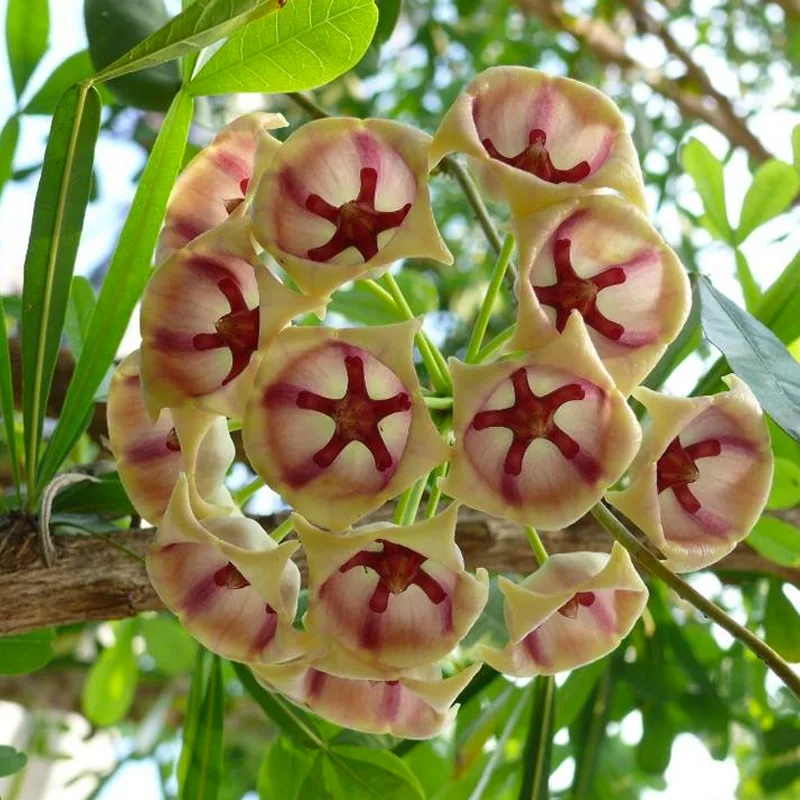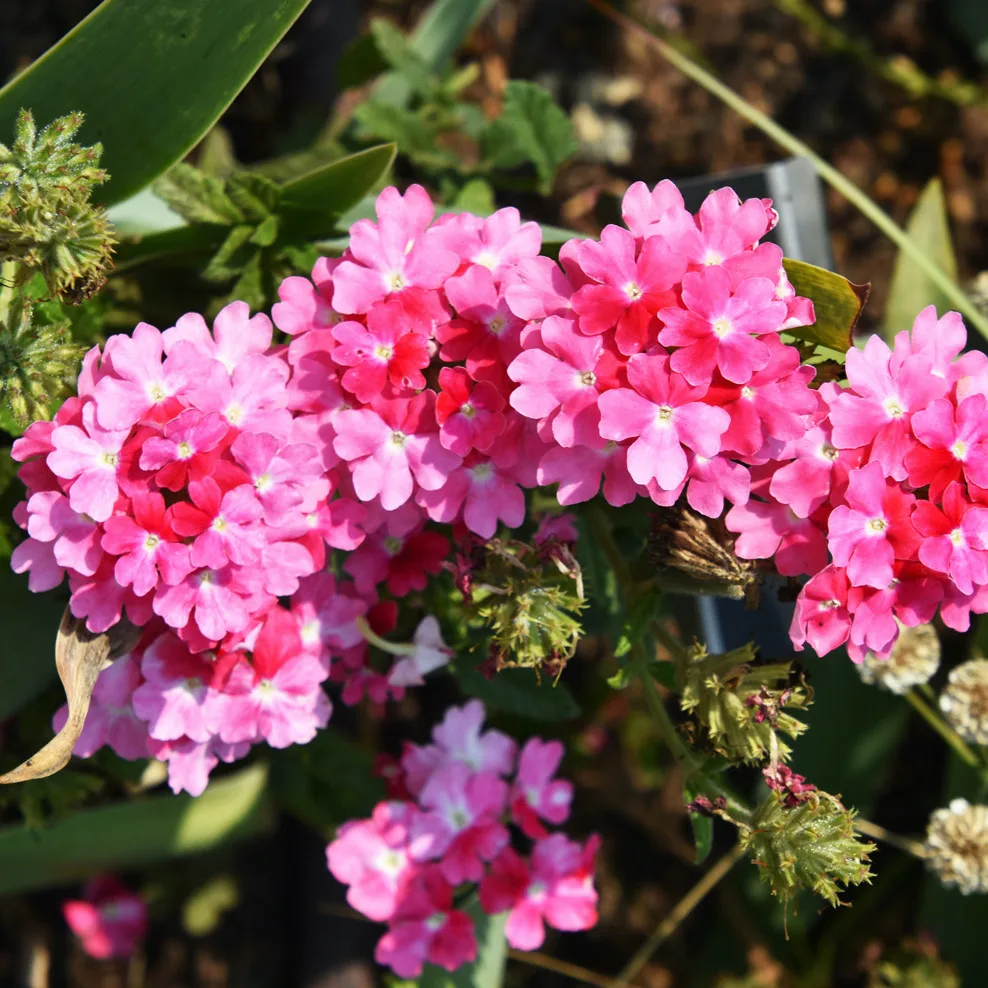The Delicate Delight of Oxalis adenophylla: A Plant Enthusiast’s Guide
For any lover of unique and charming plants, the Oxalis adenophylla, also known as the Chilean Oxalis or Silver Shamrock, is a must-have. This little alpine beauty boasts delicate pink or white trumpet-shaped flowers with contrasting markings, all nestled amidst vibrant green clover-like foliage. But beyond its aesthetics, Oxalis adenophylla offers surprising resilience and a touch of whimsy to any garden.
Having successfully cultivated these delightful plants myself, I’m excited to share my experience and guide you through everything you need to know about bringing Oxalis adenophylla into your own home.
569 Species in Genus Oxalis
What is Oxalis adenophylla?
Native to the high altitudes of Argentina and Chile, Oxalis adenophylla is a small, bulbous perennial. It thrives in cooler climates and goes dormant during the hottest months. Its most captivating feature is undoubtedly the vibrant flowers, which bloom in clusters throughout spring and sporadically throughout the summer. The clover-shaped leaves, with a slight sheen, add to the overall charm.
How to Care for Oxalis adenophylla?
While seemingly delicate, Oxalis adenophylla is a surprisingly low-maintenance plant. Here’s what you need to know to keep yours happy and thriving:
- Light: These little plants prefer dappled sunlight or bright, indirect light. Avoid harsh afternoon sun, which can scorch the leaves.
- Soil: Well-draining, slightly acidic soil is ideal. A mixture of potting soil, perlite, and a touch of sand provides the perfect balance of moisture retention and drainage.
- Watering: Water moderately throughout the growing season, allowing the top inch of soil to dry slightly between waterings. During dormancy, watering can be reduced significantly.
- Temperature: Oxalis adenophylla thrives in cool to moderate temperatures, ideally between 50°F (10°C) and 70°F (21°C). They can tolerate light frosts but are not suitable for extended periods of freezing temperatures.
- Fertilizer: These plants are not heavy feeders. A light application of a balanced liquid fertilizer once a month during the growing season is sufficient.
How to Plant Oxalis adenophylla Bulbs?
Planting Oxalis adenophylla is a breeze! Here’s a step-by-step guide:
- Choose a container: Opt for a pot with good drainage holes. A pot slightly wider than the bulb allows for some growth but prevents overwatering.
- Prepare the soil: Fill the pot with your chosen well-draining potting mix. Aim for a depth that allows you to plant the bulb with at least an inch of soil above it.
- Planting: Plant the Oxalis adenophylla bulbs with the pointed end facing upwards.
- Watering: Water gently to settle the soil and moisten it thoroughly.
- Placement: Place your newly planted pot in a location with bright, indirect light.
When to Plant Oxalis adenophylla?
The ideal time to plant Oxalis adenophylla bulbs depends on your climate.
- For mild climates with cool summers: Plant in fall, a few weeks before the first frost. This allows the bulbs to establish roots before winter dormancy.
- For colder climates with harsh winters: Plant indoors in pots during late winter or early spring. Once the danger of frost has passed, you can harden them off and transplant them outdoors to a shaded location.
How to Propagate Oxalis adenophylla
There are two main ways to propagate Oxalis adenophylla:
- Division: During the dormant period, carefully lift the bulbs from the pot and separate any new bulbils (small bulblets) that have formed. Replant these bulbils individually in small pots with fresh potting mix.
- Seed: While less common, Oxalis adenophylla can also be propagated from seed. Sow seeds in a well-draining seed starting mix and keep them moist and warm. Germination can take several weeks.
What to Plant with Oxalis adenophylla?
Due to their low-growing nature and preference for dappled shade, Oxalis adenophylla pair beautifully with a variety of plants. Here are some ideas:
- Ferns: Ferns with delicate foliage create a harmonious textural contrast.
- Hostas: The larger leaves of hostas provide a cool backdrop for the vibrant blooms of the Oxalis.
- Cyclamen: These shade-loving plants share similar flowering times and create a stunning color combination.
- Begonias: Begonia varieties with textured leaves add visual interest alongside the clover-shaped foliage of the Oxalis.
Conclusion: The Enduring Allure of Oxalis Adenophylla
With its captivating blooms, charming foliage, and surprising resilience, Oxalis adenophylla has become a cherished member of my plant collection. From its ease of care to its potential for propagation, this little alpine plant offers something for every gardener. So, if you’re looking for a unique and delightful addition to your garden, I highly recommend giving Oxalis adenophylla a try.
If i die, water my plants!



